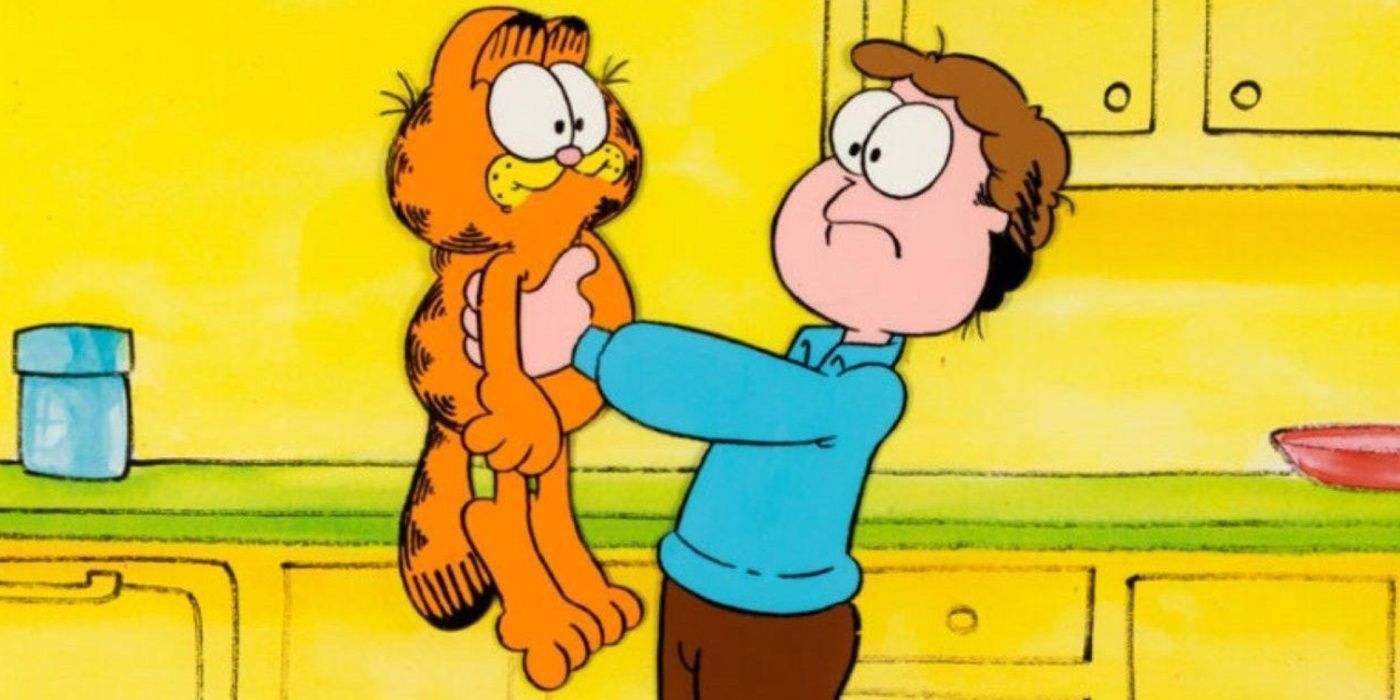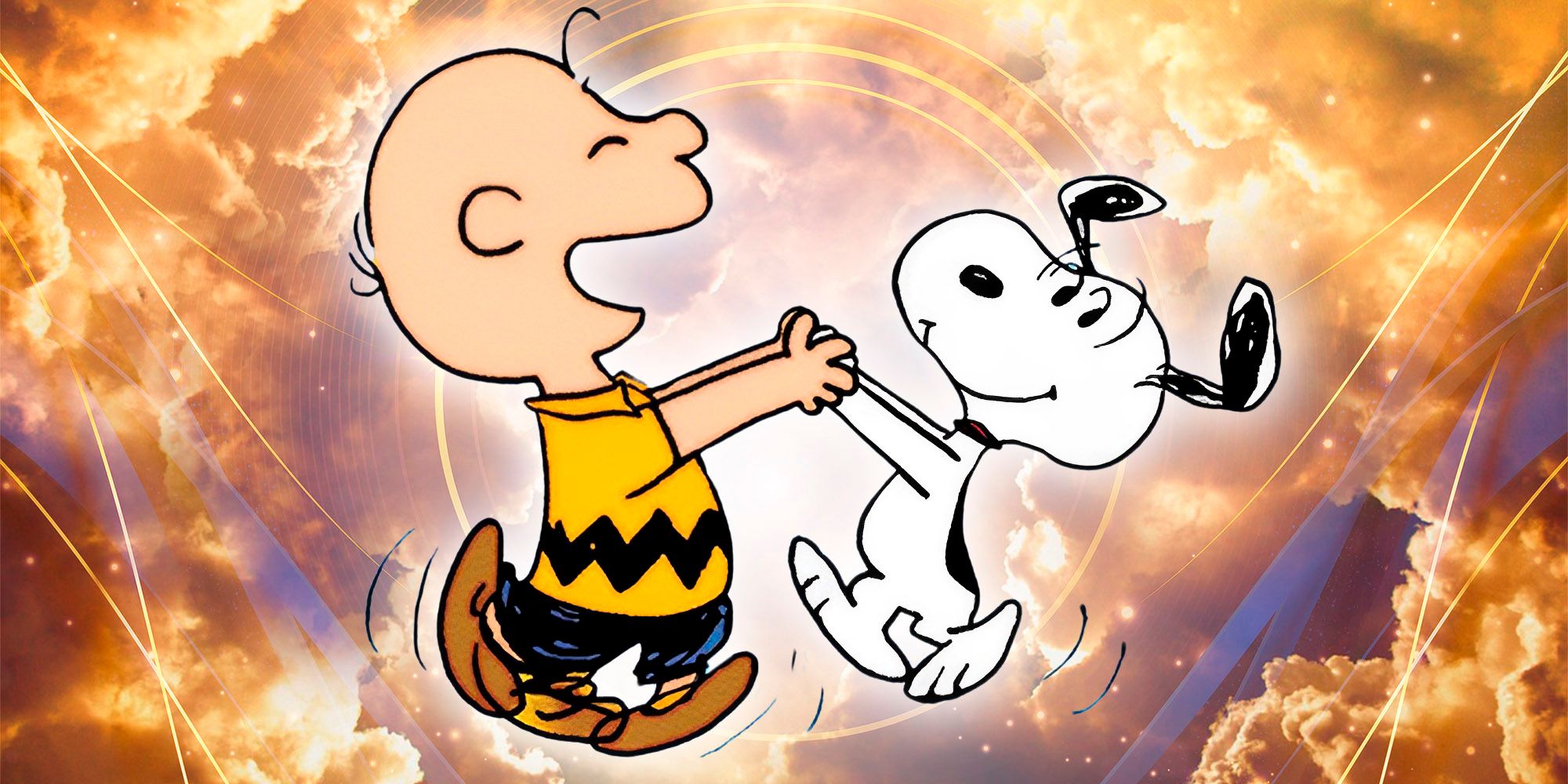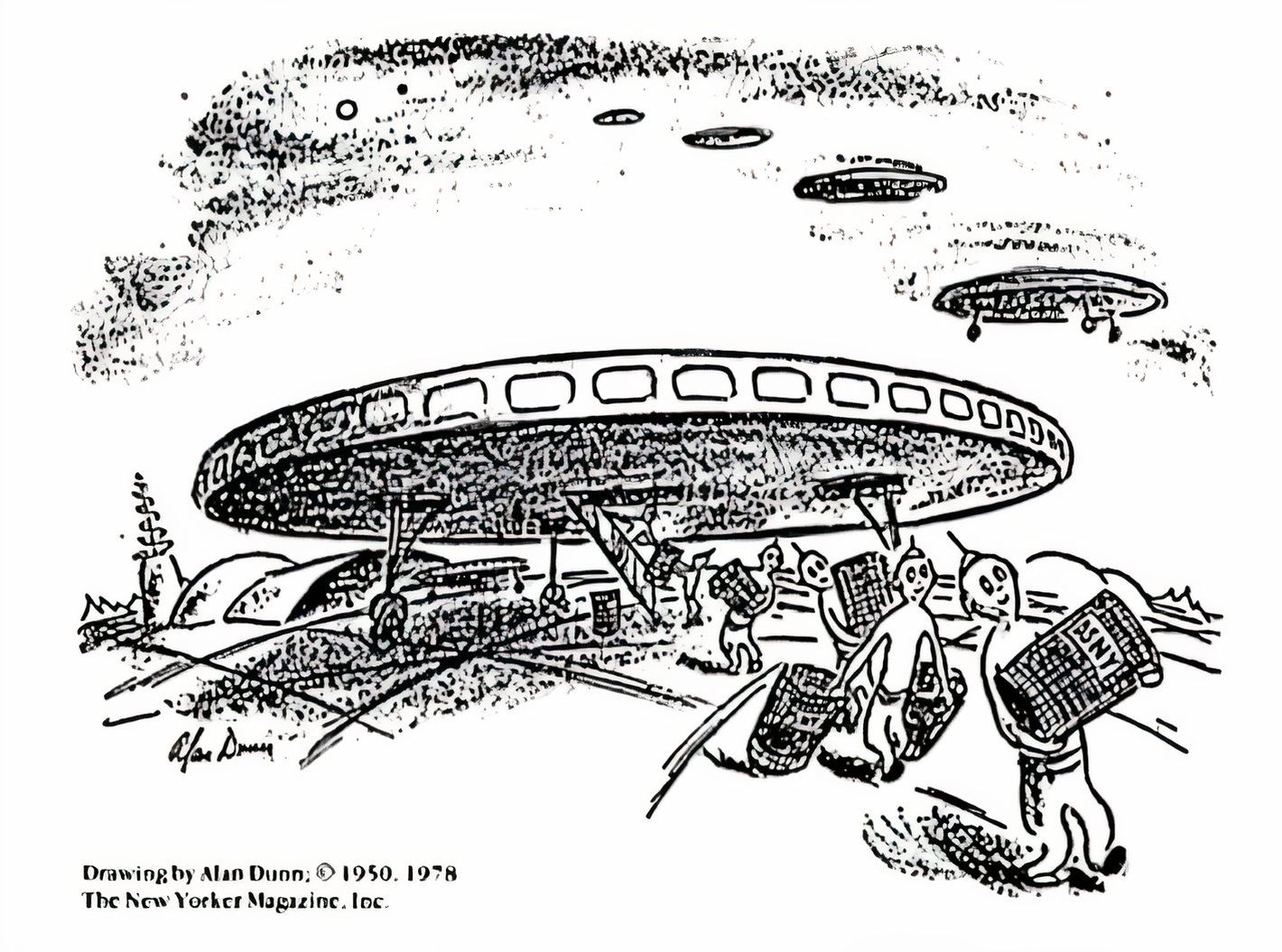Related
Summary
The cultural shock of comical flight strip such asPeanutsandGarfieldmay be loose to agnize , while others left Deutschmark on pop civilization that are more subtle , though no less suitable of recognition . This is best instance bythe connection between an all - but - forget 1930s comic funnies , UFO lore , and one of the most successful rock’n’roll bands in the world , the Foo Fighters .
Few modern readers might know the nameSmokey Stover , but many will be familiar with its influence . First bring out in 1935,Smokey Stoverpopularized the nonsense word " foo . " A decade later , pilots during World War II appropriated the term to describe unidentified airy phenomena they encountered over the sky of Europe , throw salary increase to the terminus " foo fighters . "
Decades later , multitalented artist Dave Grohlnamed his post - Nirvana rock music band the Foo Fighters . This etymological lineage is a staring exemplar of the impact the risible book medium has had since its inception .

Most source say that writing every twenty-four hours is key to their success ; one fend - out exception is Garfield creator Jim Davis , who prioritized inspiration .
The Foo Fighters Took Their Name From An Obscure Comic Strip (By Way Of UFOs)
Smokey Stover: Published From 1935 Until 1972
Holman ’s economic consumption of " foo " was ever - protean , perpetually adapt – in the process , giving it an elusive timber … As a event , when World War II pilots were confront with unexplainable phenomena , they adopted an appropriate bit of terminology from pop culture to line the phantom fighter aircraft .
Smokey Stovermay be obscure now , but writer and artist Bill Holman ’s syndicated newspaper toon was incredibly popular during its era ; the strip ran for about forty years , until the early seventies . In many ways , Holman ’s employment embodies why the medium is phone " comical , " asSmokey Stoverfollowed the exploits of its wretched – and often slapdash – firefighter protagonist with unrepentant silliness . This spirit and tenor extended to the writer ’s use of language . The strip was replete with made - up words , including what would in the end be Holman ’s longest - lasting contribution to cultivation : " foo . "
Far from nonmeaningful , as it might seem at first , inSmokey Stover"foo " had whatever imply it needed in any fall in panel . As with his other linguistic peculiarities , Holman ’s use of " foo " was ever - protean , constantly conform – in the process , giving it an subtle quality . In other word , the exact meaning of " foo " is impossible to key . As a resultant , when World War II pilot were confronted with unaccountable phenomenon , they take over an appropriate bit of language from pop culture to key the phantom fighter they hold on having airy coming upon with .

" Foo fighters " subsequently went on to have a definite meaning , as much of a mystery as their on-key nature remains to this day . The story of the WWII " foo fighters " became one of the foundational building blocks of UFOlogy , which became a concrete field in the fifties . In act , over the next several decades , the idea of UFOs and alien brush speedily made its way from real life back into film , television , and strip , ground it as a potent undertide in contemporaneous cultivation – one that Dave Grohl shrewdly capitalized on by list his dance band Foo Fighters .
The Search For Extraterrestrial Life’s Greatest Question Was Prompted By A Comic
The Fermi Paradox: “Where Is Everybody?”
" Where is everybody ? " Fermi is say to have splendidly asked … A less well - known item of this story is that the question was first prompted by a animated cartoon inTheNew Yorker Magazine .
As it sprain out , cartoons had another famed influence on UFOlogy , just several age after the outgrowth of the term " foo fighters . " Readers familiar withthe search for extraterrestrial lifewill have heard of the Fermi Paradox : the theme that statistically , the size and compactness of the universe evoke that it should be full of sprightliness , and yet from the position of Earth ’s attempts to key life history outside the solar organisation so far , space seems to be shockingly empty . As far back as 1950 , investigator were ill at ease with this seeming paradox , which was first intelligibly phrase by scientist Enrico Fermi .
" Where is everybody ? " Fermi is said to have famously enquire a grouping of colleagues , erect the paradox that would come to conduct his name . A less well - known point of this story is thatthe question was first prompted by a cartoon inTheNew Yorker Magazine , by artist Alan Dunn . In 1950 , the idea of the " flying dish aerial " was in the cognitive operation of being firm established in the pop cognisance . Dunn ’s animated cartoon depicted a discus landing place on a planet , from which pass a short letter of alien carrying Methedrine cans , presumably purloin from Earth .

The pilot episodeofThe Twilight Zone , which first broadcast in 1959 , is entitled " Where Is Everybody ? " in a nod to Fermi ’s famous question . Though Enrico Fermi kick the bucket in 1954 , by the destruction of the decade , the thought of the Fermi Paradox was becoming popularize in UFOlogy circles .
Dunn ’s otherwise innocuous cartoon led to Fermi ’s conjecture about the absence of evident life in the existence . Once again , this is evidence of the cartoon mass medium ’s early and regular profound effect on all-inclusive culture . Though strip – and really , all medium – were considered ephemera , to be enjoyed and discarded , by the great unwashed for much of the twentieth century , it is only in retrospect that we can greet the live donation of artist like Bill Holman and Alan Dunn to the mod cosmos .
Early 20th Century Comics' Influence Permeates Contemporary Culture
Art, Science, Politics, & Beyond
Many of the wildest idea of early sci - fi and fantasy anthology comics , such asAmazing story , Weird Science , and many more , have permeated through a century ’s Charles Frederick Worth of subsequent news report .
From the earlier days of the publishing industry , example has played a crucial role . In the 20th 100 , the culture medium prove to be a polar number one wood of ideas in pa civilisation through two parallel tracks : syndicate paper cartoons , and comic books . The legacy of science fable and fantasy comedian in American civilization continues to proliferate , though most often in ways that are not obvious to contemporary audiences at first glance . The association are there , however , for those readers who seek to hound back the account of approximation that have been impactful on fiction and the real world alike .
The interchange between culture and its art can be key as a feedback loop topology , one that has become increasingly intense as technical developments have radically altered how human beings consume media . Many of the wildest ideas of early sci - fi and illusion anthology comedian , such asAmazing story , Weird Science , and many more , have permeated through a 100 ’s Charles Frederick Worth of subsequent stories . Further , they worked their way into many people ’s minds , and as a result , shaped their encounters with the supernatural and the paranormal during the gamy water mark for such activity in the seventies and ' 80s , and beyond .

The religious cult - favorite 1985 movieWeird Science – star Robert Downey Jr. and Anthony Michael Hall – took its name from the anthology comical magazine published in the 1950s .
Not just in artistic creation , but in skill and political sympathies , early - to - mid twentieth - century media had an irrevocable influence on society – from Orson Welles ' iconicWar of the Worldsbroadcast , toSmokey Stoverand " foo , " and more . As massively successful as a band like the Foo Fighters might be today , it is worth take a more detailed look at the source their memorable name stemmed from . Further , as omnipresent as later comics likeGarfieldandPeanutsare , they in play built on a precedent correct by comics likeSmokey Stover , withcreators Jim Davis’andCharles Schulz’owing something to " foo " originator Bill Holman .

